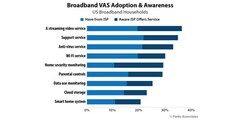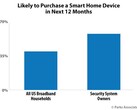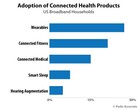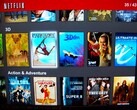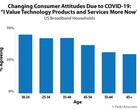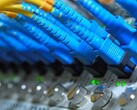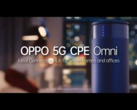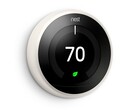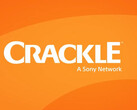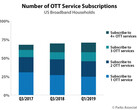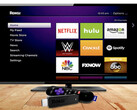A new study of broadband internet services in the US has found that consumer spending and uptake of the same is consistently strong these days, particularly compared to those that bundle traditional TV and access to this connectivity.
It shows that the monthly average revenue per user (ARPU) of the former has risen by approximately 36% between the third quarter of 2019 (3Q2019) and 1Q2012, whereas that of the latter has grown by only about 19%.
This suggests that, in the era of streaming, consumers are more inclined to select and pay providers that offer standalone high-bandwidth internet rather than those that also tack cable or similar services on. Then again, companies tend to add extra value to ensure these internet-only products are as attractive as possible.
Examples of these extras, known as value-added services (VAS), include smart-home systems and their support; data-use monitoring; inbuilt cloud storage; parental controls; customer support and home security support.
The new research suggests that, while consumers are aware of them and do use them, their uptake is far from 100% in any category. Furthermore, the customers studied found the speed of their connection more important than the volume of VAS in any case.
On the other hand, in the wake of the Covid-19 pandemic, it is now possible that prospective spenders may be more drawn to new services that also incorporate access to different VASs such as remote learning, telehealth and virtual conferencing in the future.




